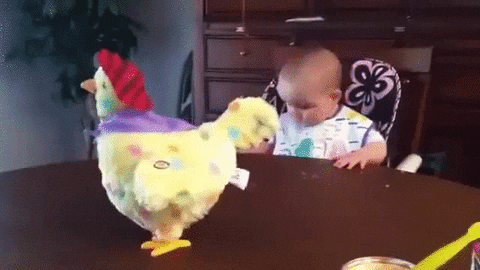FALSE TURKEY TAIL or Stereum ostrea

A eukaryotic organism that is categorized under the phylum and class of fungi: Basidiomycota
S. ostrea is a heterotroph, meaning it does not produce its own food rather it obtains its nutrients from the environment. Like we do (:
S. ostrea likes to have decaying/rotting wood on the menu. (Hornbeck, 2015). #yummy
S. ostrea can be referred as saprophytes because they break down decaying tree, tree trunks and plants on forest floor. #envionmentallyimportant
This organism can exist as a microscopic form and as a macroscopic form. The microscopic form is known as a spore and is a single cell form to begin with. The macroscopic form is known as a mycelium or collection of hyphae and is the multicellular form.
S. ostrea is a fungal pathogen in plants (within rotting wood). In the plant the organism exists as the mycelia form and in the environment the organism exists as yeast/spore form.

The fruiting body (see picture A) exist above ground or in this picture above tree and is the spore creating/ reproductive structure.
The mycelium network is underground.

The mycelium of a fungus spreading through soil (Credit: Nigel Cattlin / Alamy)
When ready to reproduce, the mycelium develops the brackets outside the wood, which are reproductive structures. Please visit site to see 3-day difference of fruiting bodies.
This video describes the life cycle of Basidiomycota.
The life cycle of S. ostrea is like what came first the chicken or the egg?

In this case its like what came first the spore or fruiting body? The truth is I don’t have the answer. I’m not sure anyone really does. The cycle does start with a spore. This spore could have traveled by means of wind or water. When conditions for growth are met, this spore can grow hyphae and eventually a network will be formed. The growth continues until a fruiting body emerges.
BTW this is the unique feature of the class Basidiomycota. Fruiting body dispersing the seeds is a form of a-sexual reproduction. When spore A from parent A and spore B from parent B grow hyphae together. Spore A and spore B are sharing their unique genes and creating hopefully a better fit fungus and deff more genetically diverse. This is the most simple way to explain sexual reproduction. (Lepp, 2013).
References:
- Hornbeck, T. (2015, December). False Turkey Tail Mushroom. Retrieved from website: https://epod.usra.edu/blog/2015/12/false-turkey-tail-mushroom.html
- Lepp, H. (2013, January). The mycelium. Retrieved from: https://www.anbg.gov.au/fungi/mycelium.html


Wow! The reproductive process is really unique and interesting, as you said. The species in itself is interesting, from the looks of it! My microorganism is also a heterotroph but it is very different from yours. The diversity is so cool.